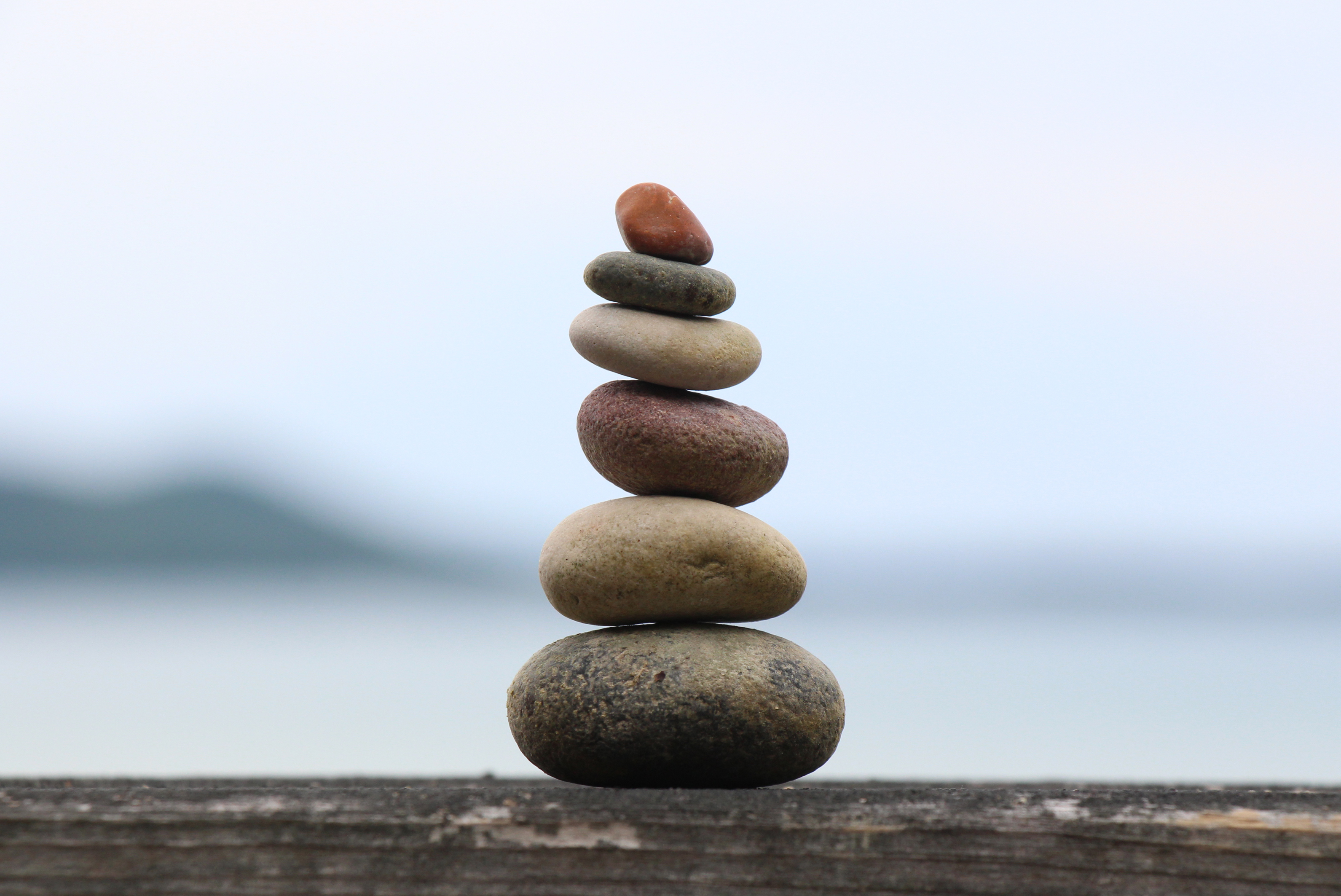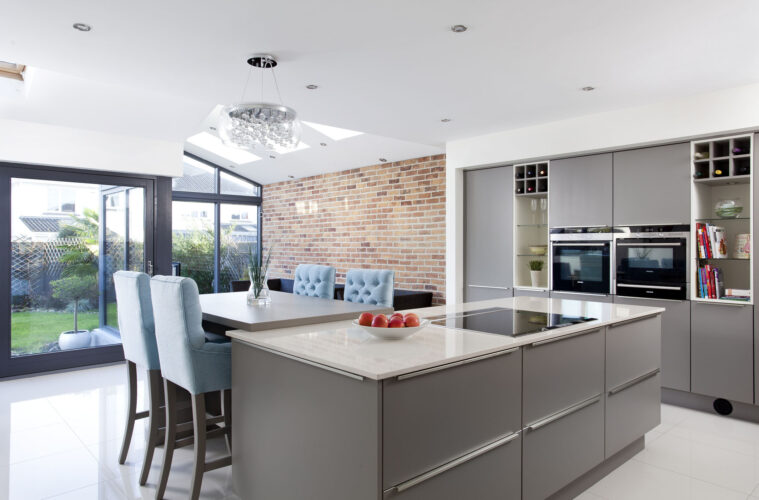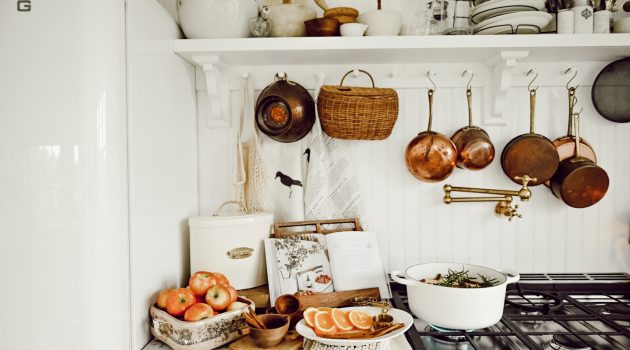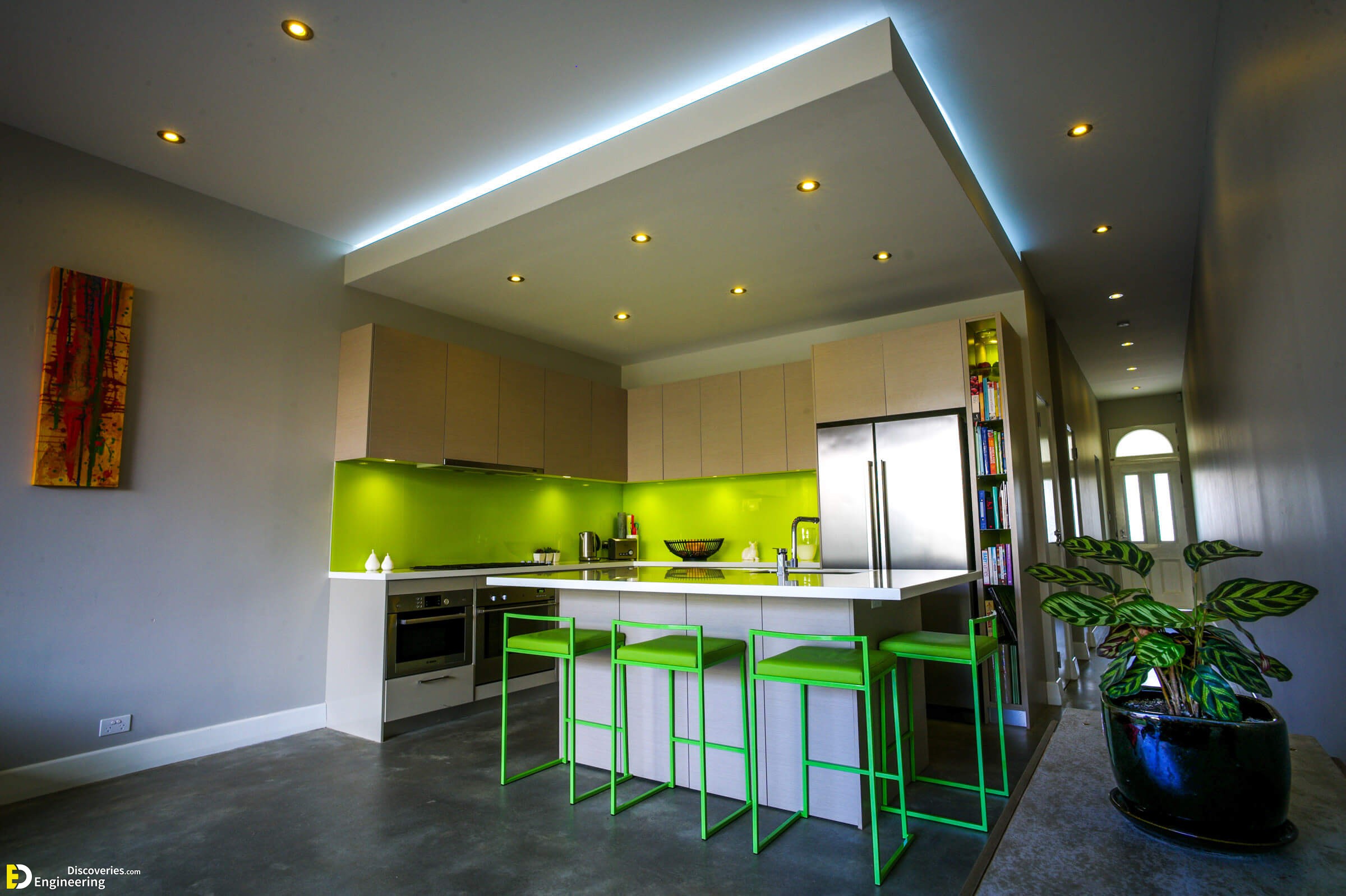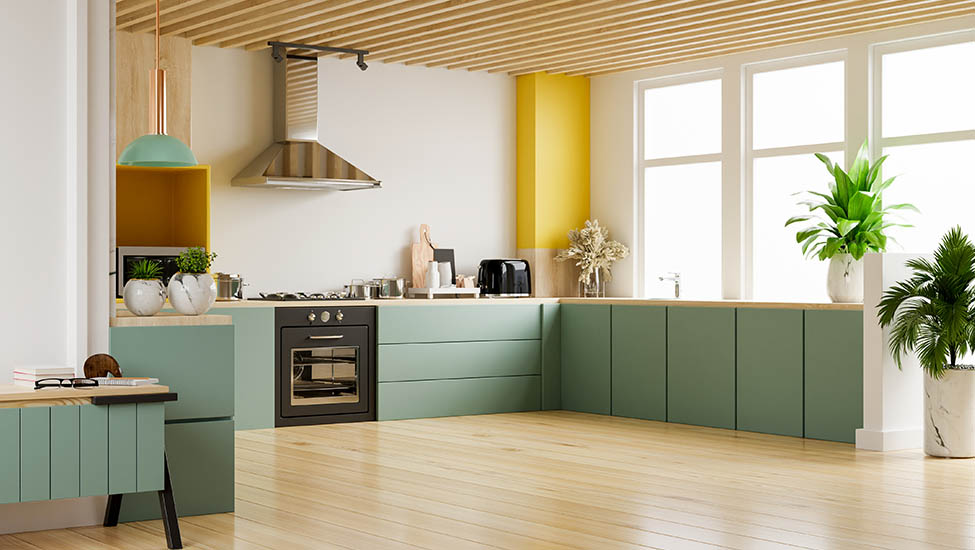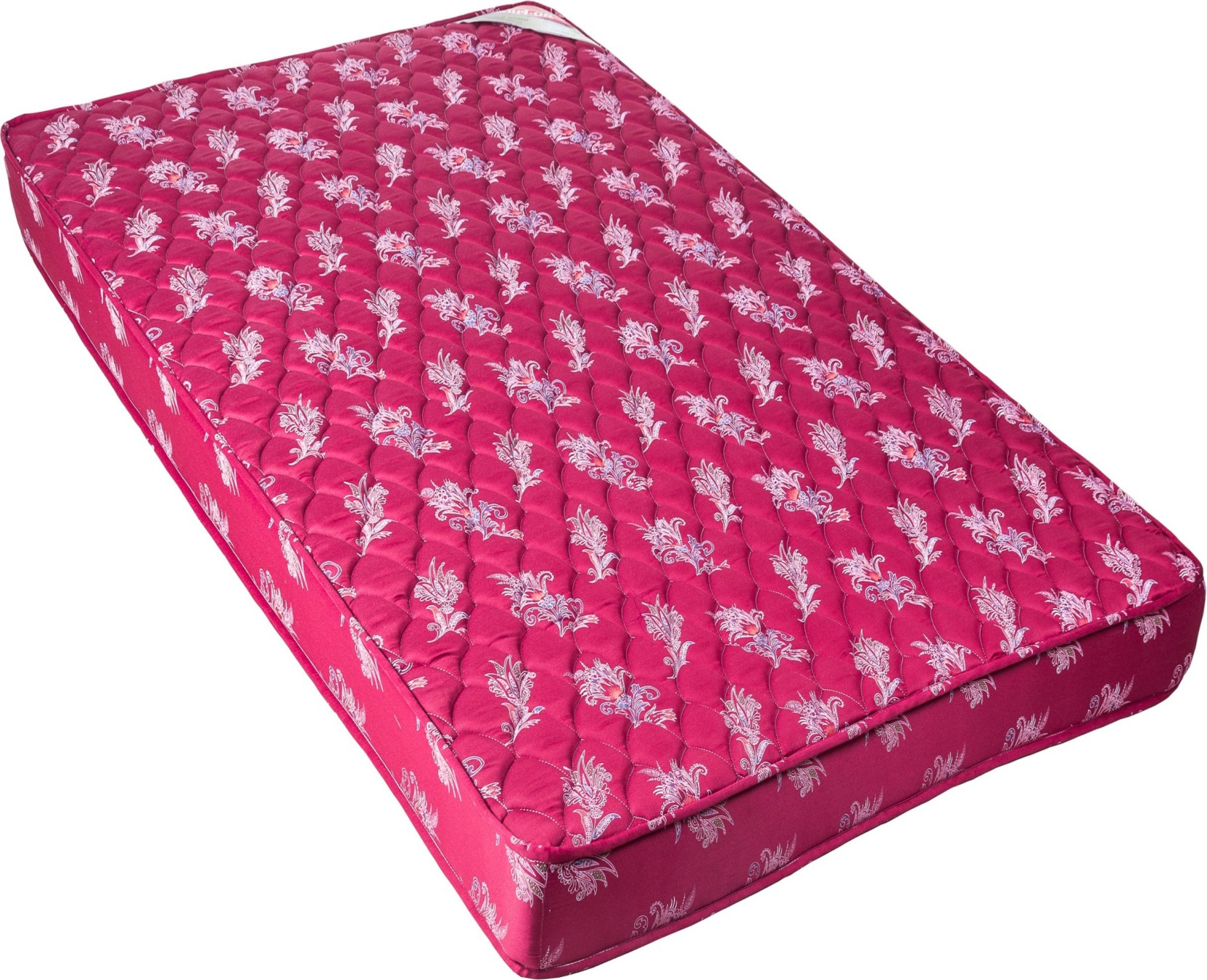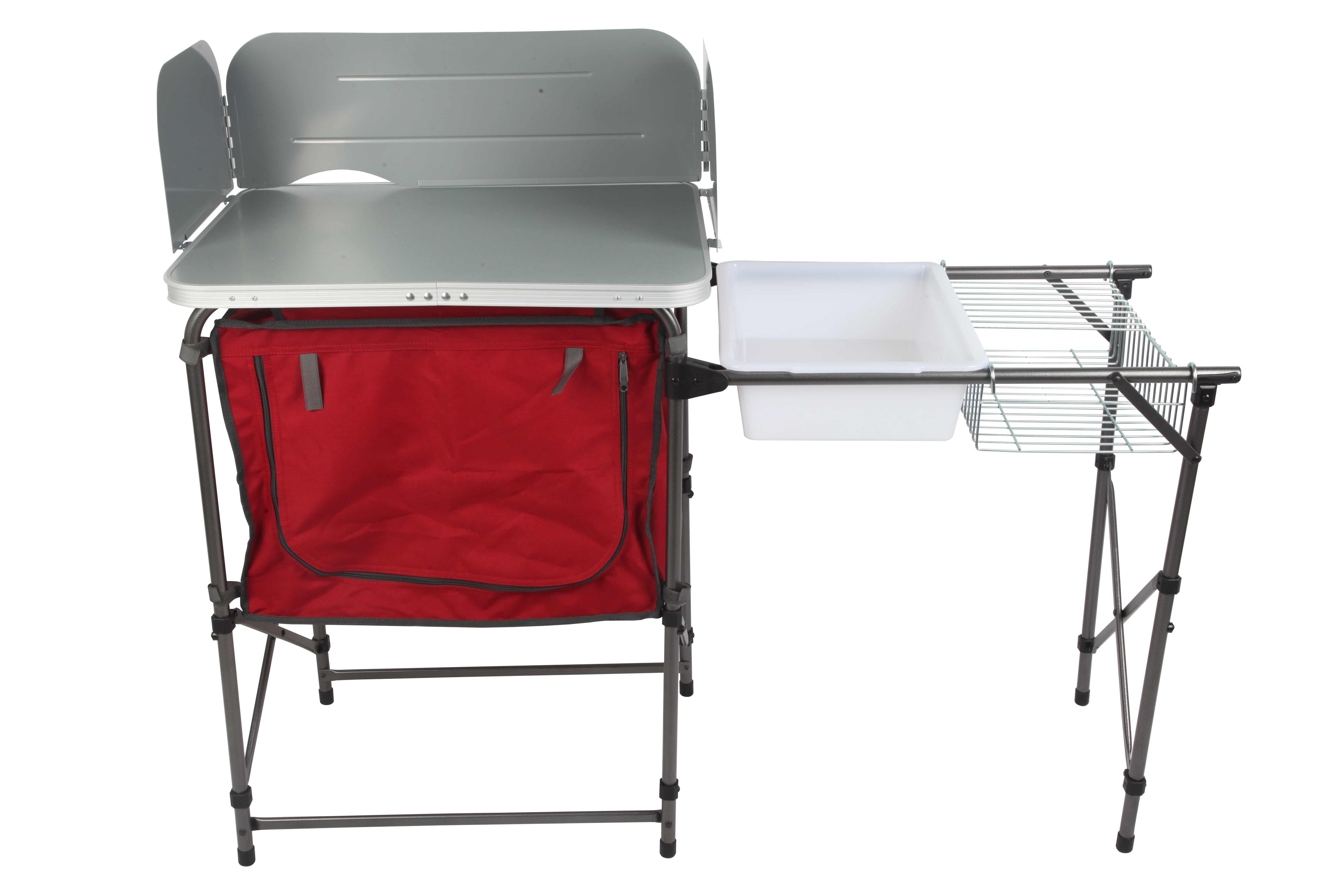A well-designed kitchen is not just about aesthetics, it's also about functionality. And one key element of a functional kitchen is balance. Creating a balanced kitchen design involves carefully considering the layout, materials, and colors to create a harmonious and cohesive space. Here are 10 tips to help you achieve balance in your kitchen design.Creating a Balanced Kitchen Design
Balance in kitchen design refers to the distribution of visual weight in a space. This means that no one element should overpower the others, creating a sense of harmony and equilibrium. To achieve balance in your kitchen design, you need to pay attention to the following aspects:How to Achieve Balance in Your Kitchen Design
Balance is crucial in kitchen design because it affects both the functionality and aesthetics of the space. A well-balanced kitchen creates a sense of calm and order, making it easier to move around and work efficiently. It also creates a visually appealing space that you'll love spending time in. With a balanced kitchen design, you'll have a space that not only looks good but also works well for you.The Importance of Balance in Kitchen Design
One way to create balance in your kitchen design is to aim for harmony. This means that all the elements in the space should work together to create a cohesive look. To achieve this, you can use a color scheme throughout the kitchen, choose materials and finishes that complement each other, and ensure that the layout flows seamlessly.Creating a Harmonious Kitchen Design
There are a few things you can do to ensure balance in your kitchen design: 1. Plan the layout: The layout of your kitchen is the foundation of a well-balanced design. Make sure that your work triangle (the path between your sink, stove, and refrigerator) is practical and functional, and that there's enough space to move around freely. 2. Choose a color scheme: A cohesive color scheme can create a sense of balance in your kitchen. Choose colors that work well together and use them consistently throughout the space. You can also add pops of color to add interest and personality. 3. Mix materials: Using a variety of materials in your kitchen design can add texture and depth, making the space more visually appealing. Just make sure to balance them out – for example, if you have a bold statement piece like a colorful backsplash, keep the rest of the materials more neutral. 4. Pay attention to lighting: Lighting is an important element in balancing a kitchen design. Make sure to have a mix of ambient, task, and accent lighting to create depth and highlight different areas of the space. 5. Use symmetry: Symmetry is pleasing to the eye and can create a sense of balance in a kitchen design. You can achieve this by placing items in pairs or creating a symmetrical layout.Tips for Balancing Your Kitchen Design
If you're struggling to achieve balance in your kitchen design, it may be helpful to follow a guide. Start by identifying the focal point of the space and then work your way outwards, making sure to balance out each element with its counterpart. You can also use the principles of design, such as contrast, scale, and proportion, to create a well-balanced space.Finding Balance in Kitchen Design: A Guide
Balance doesn't just apply to the overall design of the kitchen – it's also important to balance out individual elements within the space. For example, if you have a large, statement-making island, balance it out with simpler cabinets or countertops. If you have a lot of natural light coming in from one side of the room, balance it out with artificial lighting on the other side.Incorporating Balance into Your Kitchen Design
In modern kitchen design, balance plays a crucial role in creating a sleek and minimalist look. A balanced design creates a sense of order and simplicity, which are key elements of modern design. To achieve this, stick to a simple color palette, incorporate clean lines and minimal clutter, and use symmetry and repetition to create a sense of balance.The Role of Balance in Modern Kitchen Design
While aesthetics are important, functionality should always be a top priority in kitchen design. A balanced kitchen design not only looks good, but it also makes it easier to work in the space. Keep this in mind when making design decisions and always aim for a balance between form and function.Creating a Functional and Balanced Kitchen Design
Color is a powerful tool in creating balance in a kitchen design. You can use it to create a focal point, add depth, or create a sense of harmony. When choosing colors for your kitchen, consider the overall color scheme of your home, the mood you want to create, and the role of each color in the space. By carefully balancing out the colors, you can create a kitchen design that is both functional and visually appealing. In conclusion, balance is a vital element in creating a successful kitchen design. By paying attention to the layout, materials, colors, and lighting, and following a guide or principles of design, you can achieve a well-balanced and harmonious kitchen that is both functional and beautiful. Remember, balance is key to creating a space that you'll love spending time in for years to come.Achieving Balance with Color in Kitchen Design
Creating Balance with Kitchen Design
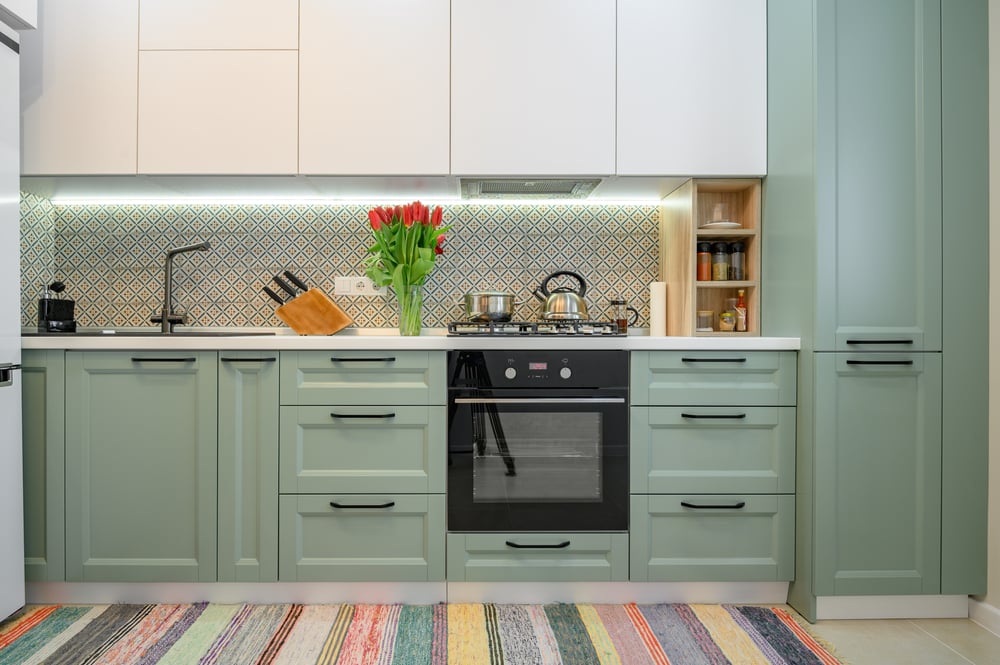
The Importance of Balance in Kitchen Design
Balance in Layout
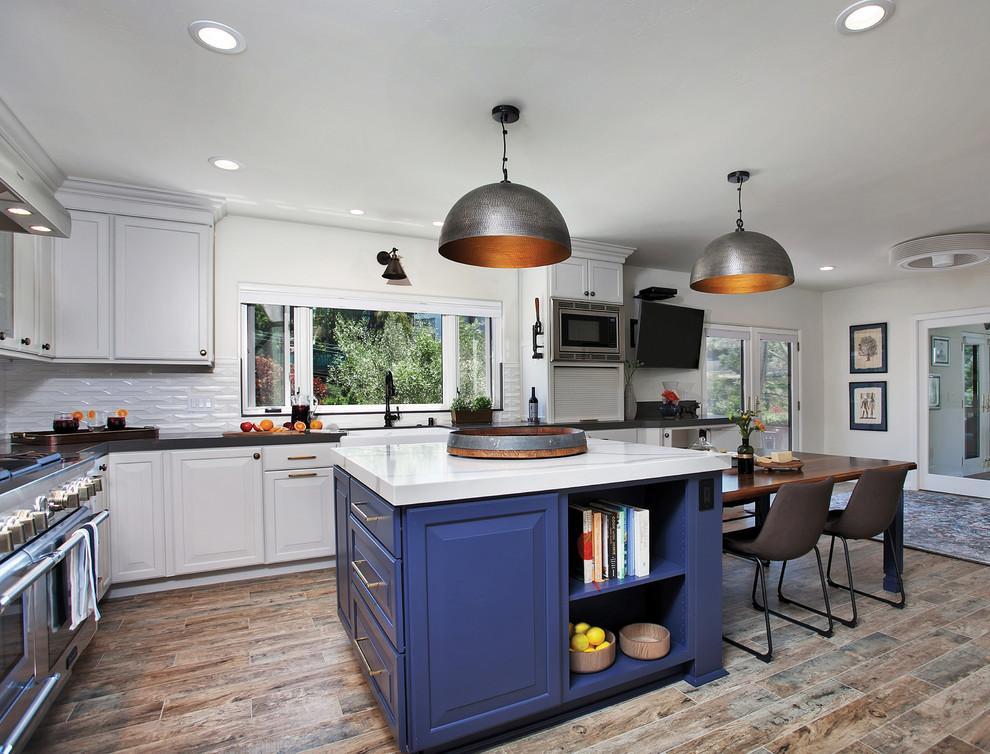 One of the first steps in achieving balance in kitchen design is through the layout. The layout of a kitchen should be functional and efficient, making it easy to move around and access different areas. This can be achieved by using the
work triangle
concept, which involves placing the sink, stove, and refrigerator in a triangular formation. This creates a smooth flow and balance in the space.
One of the first steps in achieving balance in kitchen design is through the layout. The layout of a kitchen should be functional and efficient, making it easy to move around and access different areas. This can be achieved by using the
work triangle
concept, which involves placing the sink, stove, and refrigerator in a triangular formation. This creates a smooth flow and balance in the space.
Balance in Materials
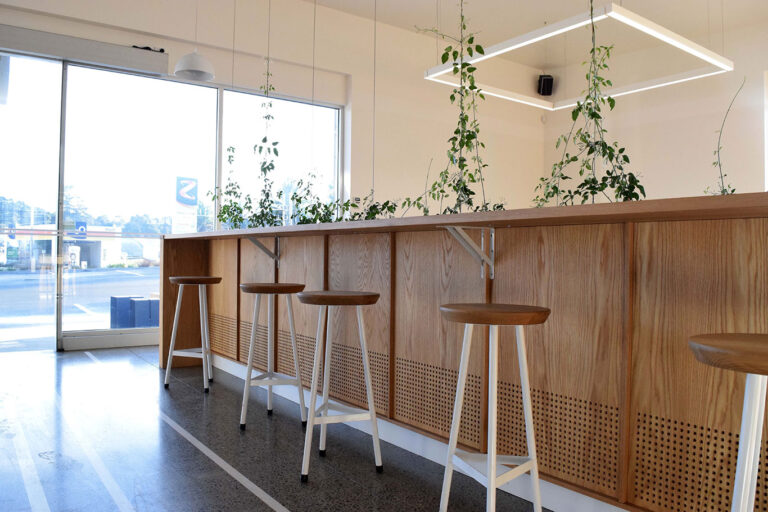 Another important aspect to consider when designing a kitchen is the use of materials. It is essential to find a balance between different materials such as wood, stone, and metal. Using too much of one material can create an overwhelming and unbalanced look. Incorporating different materials can add depth and interest to the space while maintaining a sense of harmony.
Another important aspect to consider when designing a kitchen is the use of materials. It is essential to find a balance between different materials such as wood, stone, and metal. Using too much of one material can create an overwhelming and unbalanced look. Incorporating different materials can add depth and interest to the space while maintaining a sense of harmony.
Balance in Colors
 Colors play a significant role in creating balance in kitchen design. Using too many bold and bright colors can make a space feel chaotic and overwhelming. On the other hand, using too many neutral colors can make a space feel dull and uninviting. Finding a balance between bold and neutral colors is essential. This can be achieved by incorporating pops of color in accessories or using a neutral color palette with a bold accent color.
Colors play a significant role in creating balance in kitchen design. Using too many bold and bright colors can make a space feel chaotic and overwhelming. On the other hand, using too many neutral colors can make a space feel dull and uninviting. Finding a balance between bold and neutral colors is essential. This can be achieved by incorporating pops of color in accessories or using a neutral color palette with a bold accent color.
Balance in Functionality
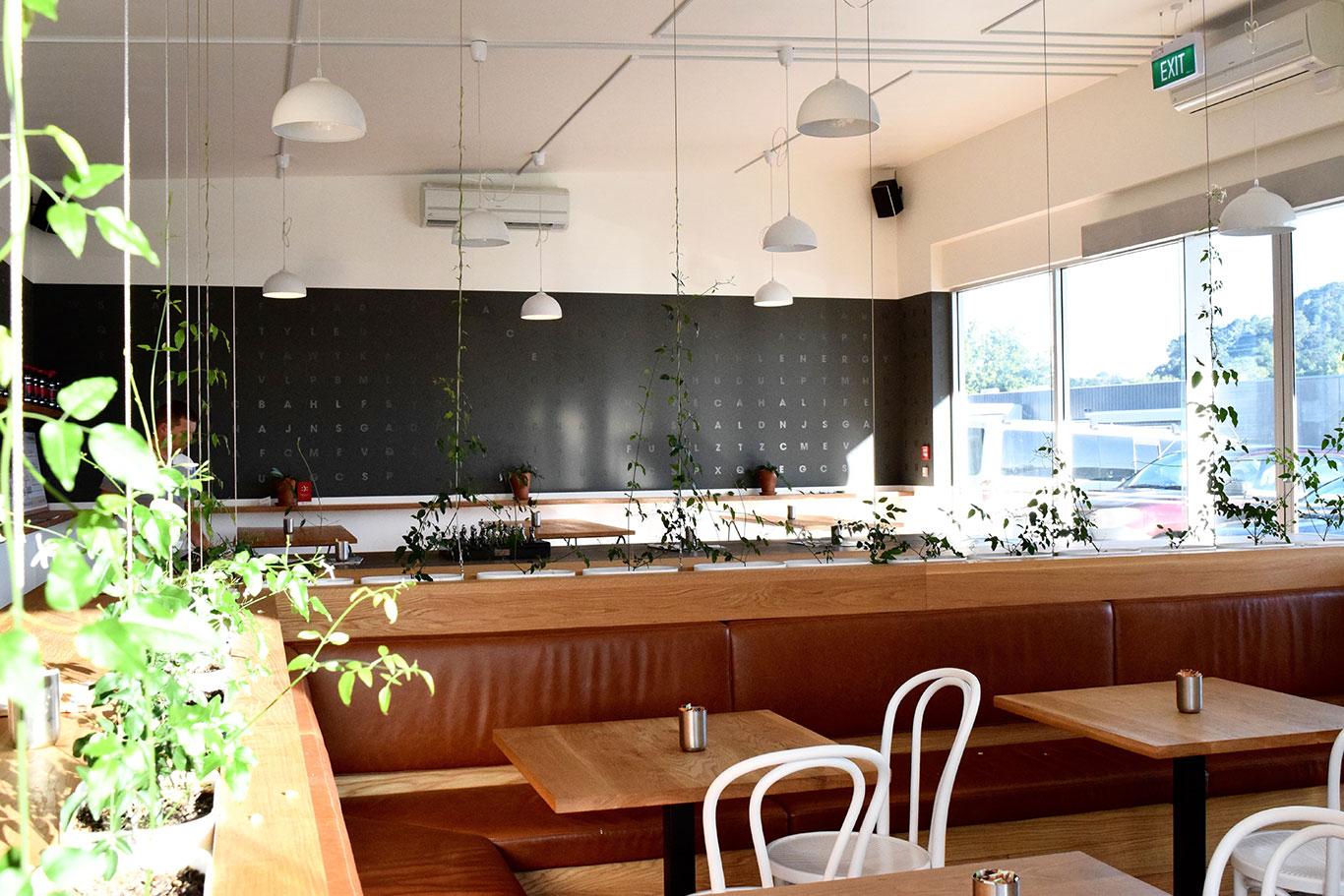 Lastly, it is crucial to consider the functionality of the kitchen when creating balance in design. Each element in the kitchen should have a purpose and be placed in a way that makes sense. For example, the placement of cabinets, appliances, and countertops should be in a way that promotes efficiency and makes daily tasks easier.
In conclusion, creating balance in kitchen design is crucial for both the aesthetics and functionality of the space. By considering the layout, materials, colors, and functionality, a well-balanced kitchen can be achieved. Remember, a balanced kitchen is a happy kitchen.
Lastly, it is crucial to consider the functionality of the kitchen when creating balance in design. Each element in the kitchen should have a purpose and be placed in a way that makes sense. For example, the placement of cabinets, appliances, and countertops should be in a way that promotes efficiency and makes daily tasks easier.
In conclusion, creating balance in kitchen design is crucial for both the aesthetics and functionality of the space. By considering the layout, materials, colors, and functionality, a well-balanced kitchen can be achieved. Remember, a balanced kitchen is a happy kitchen.





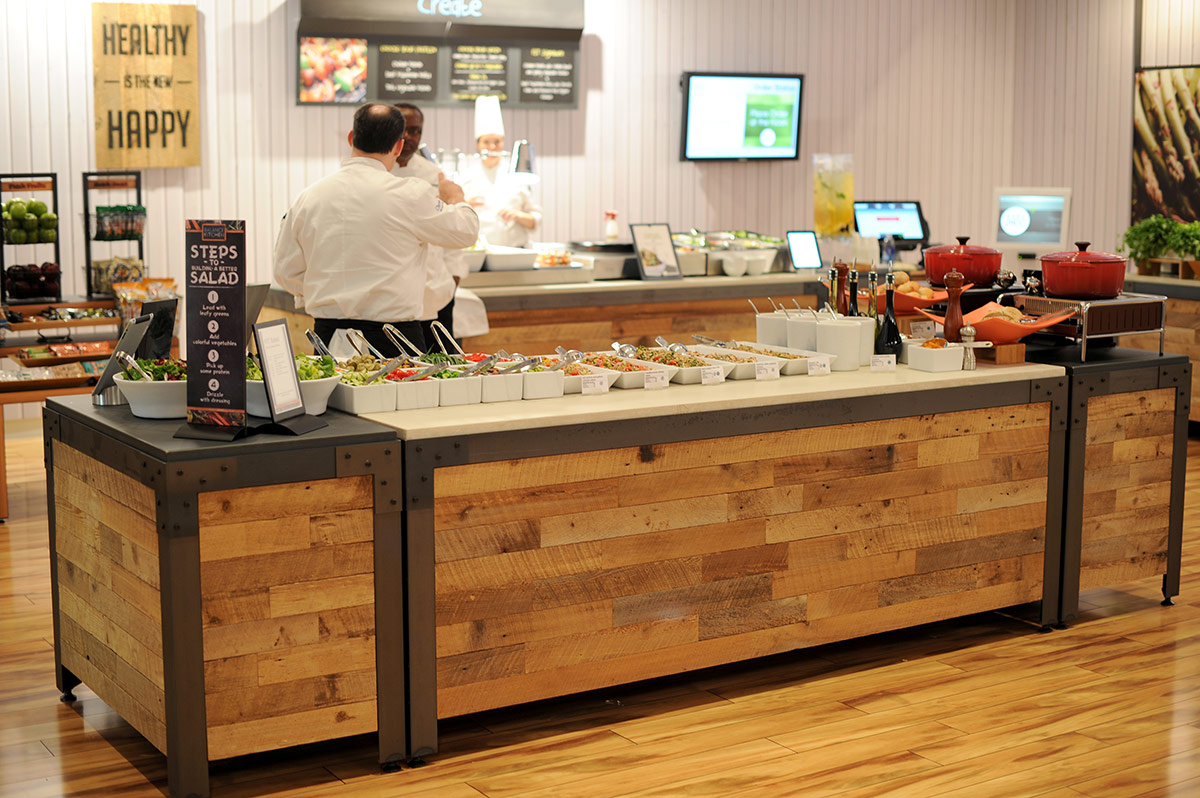
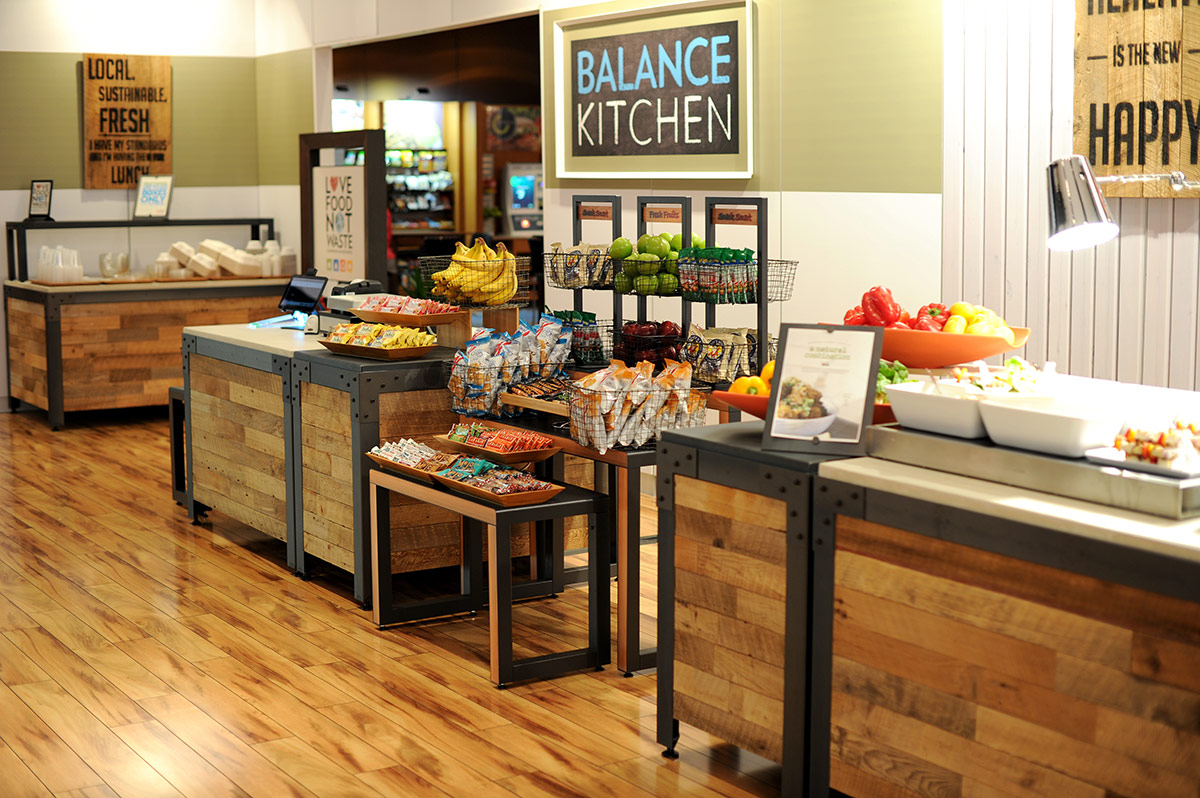
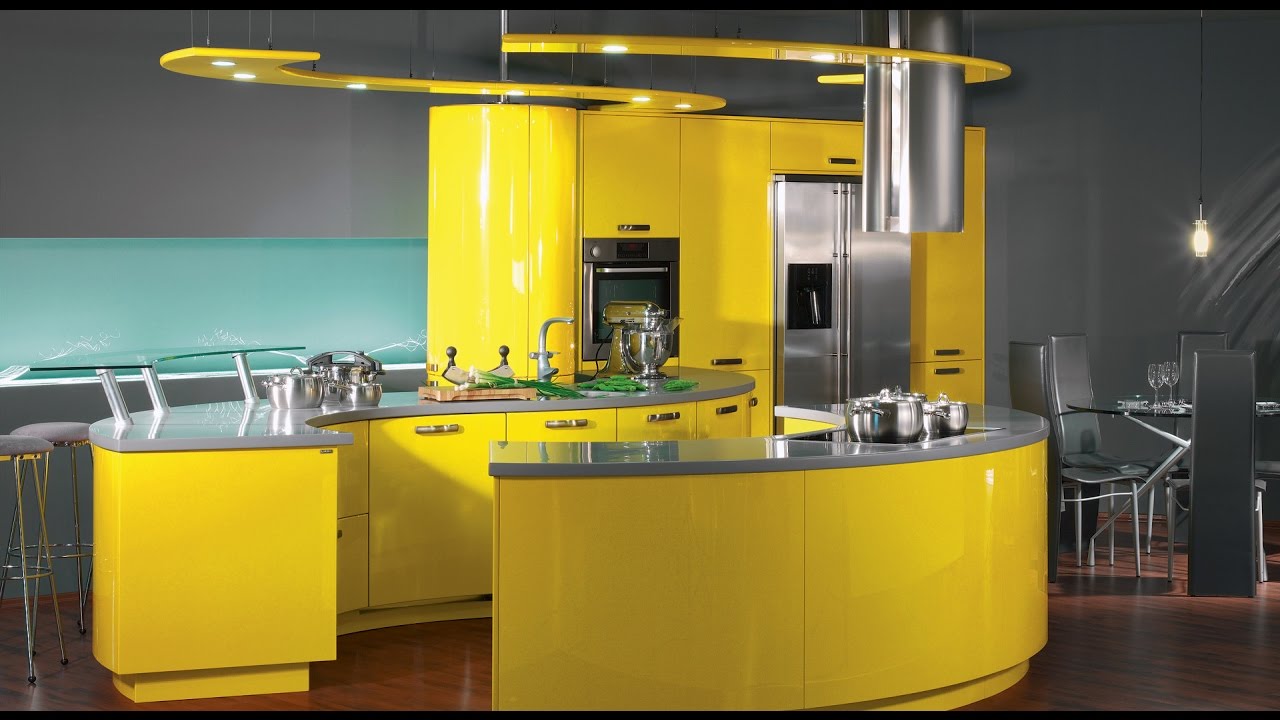
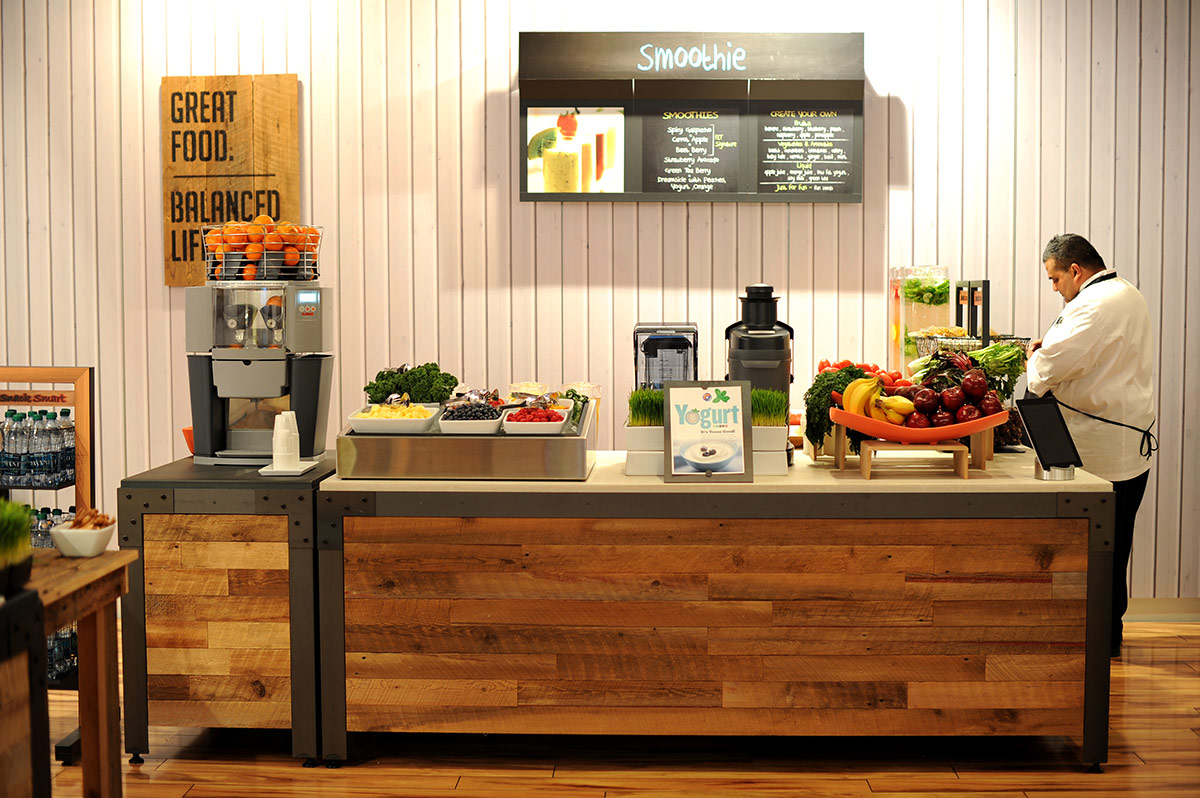
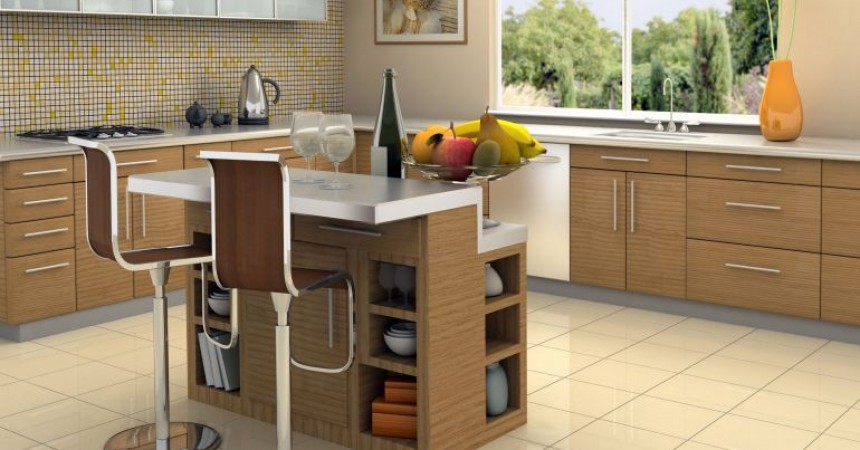

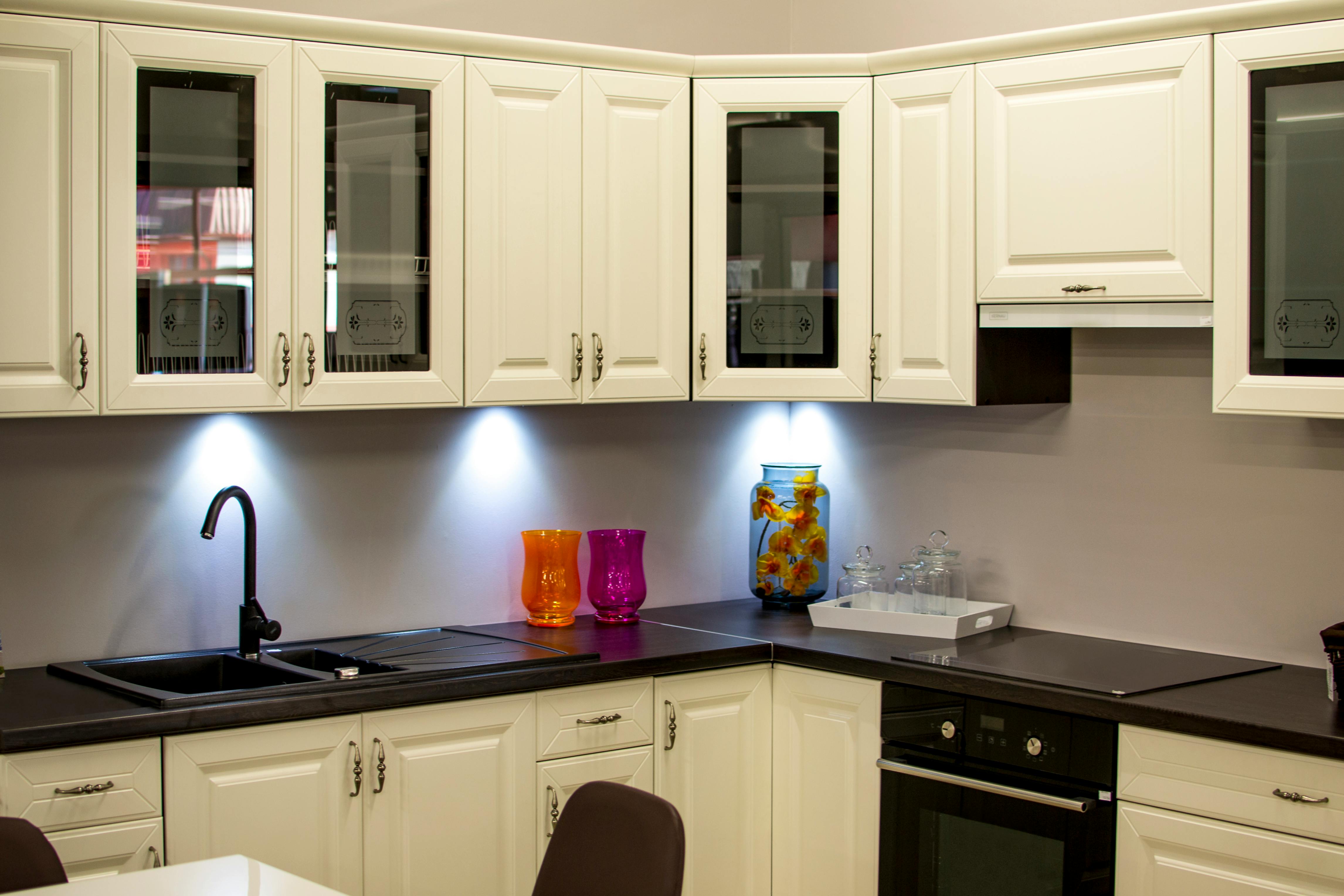






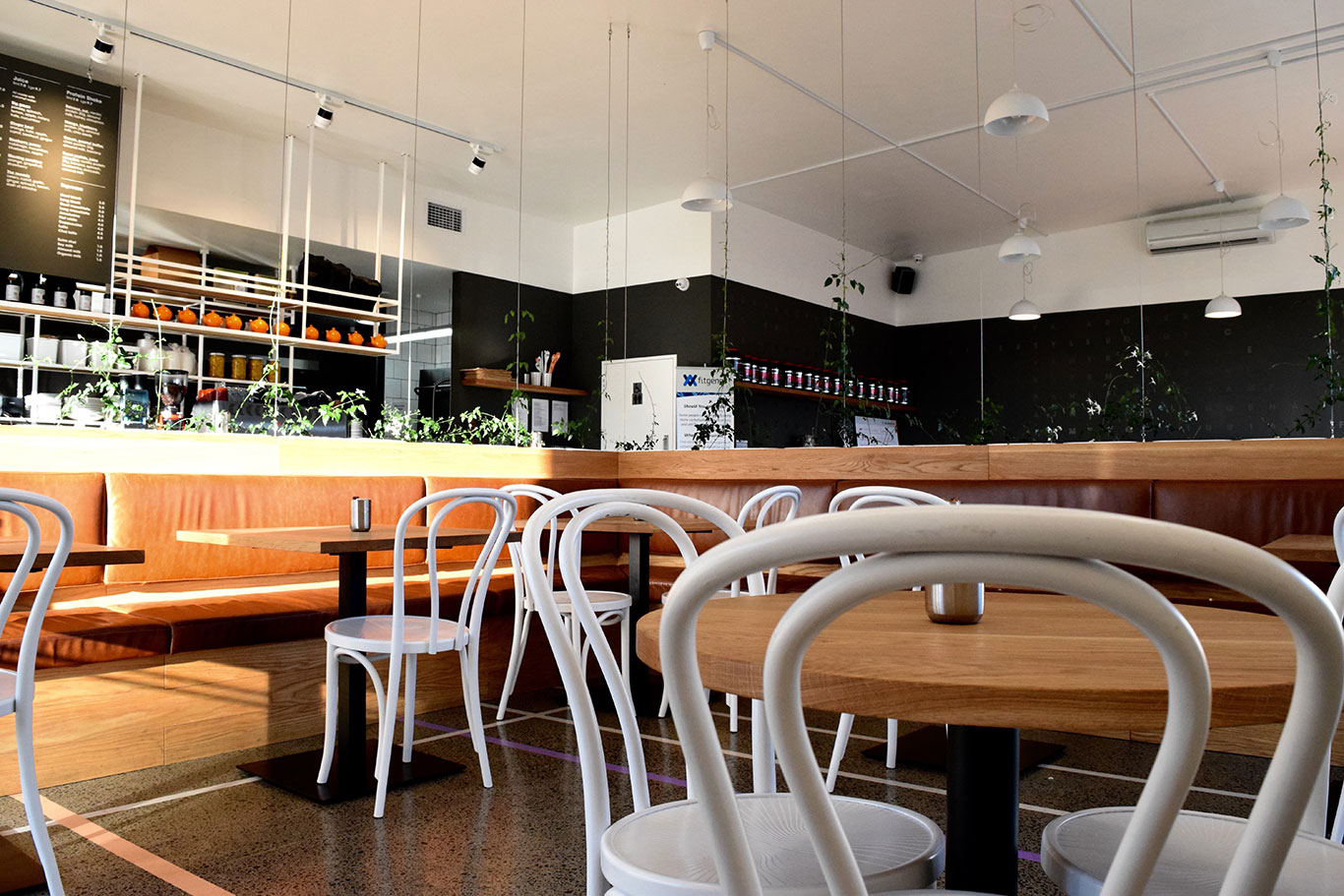
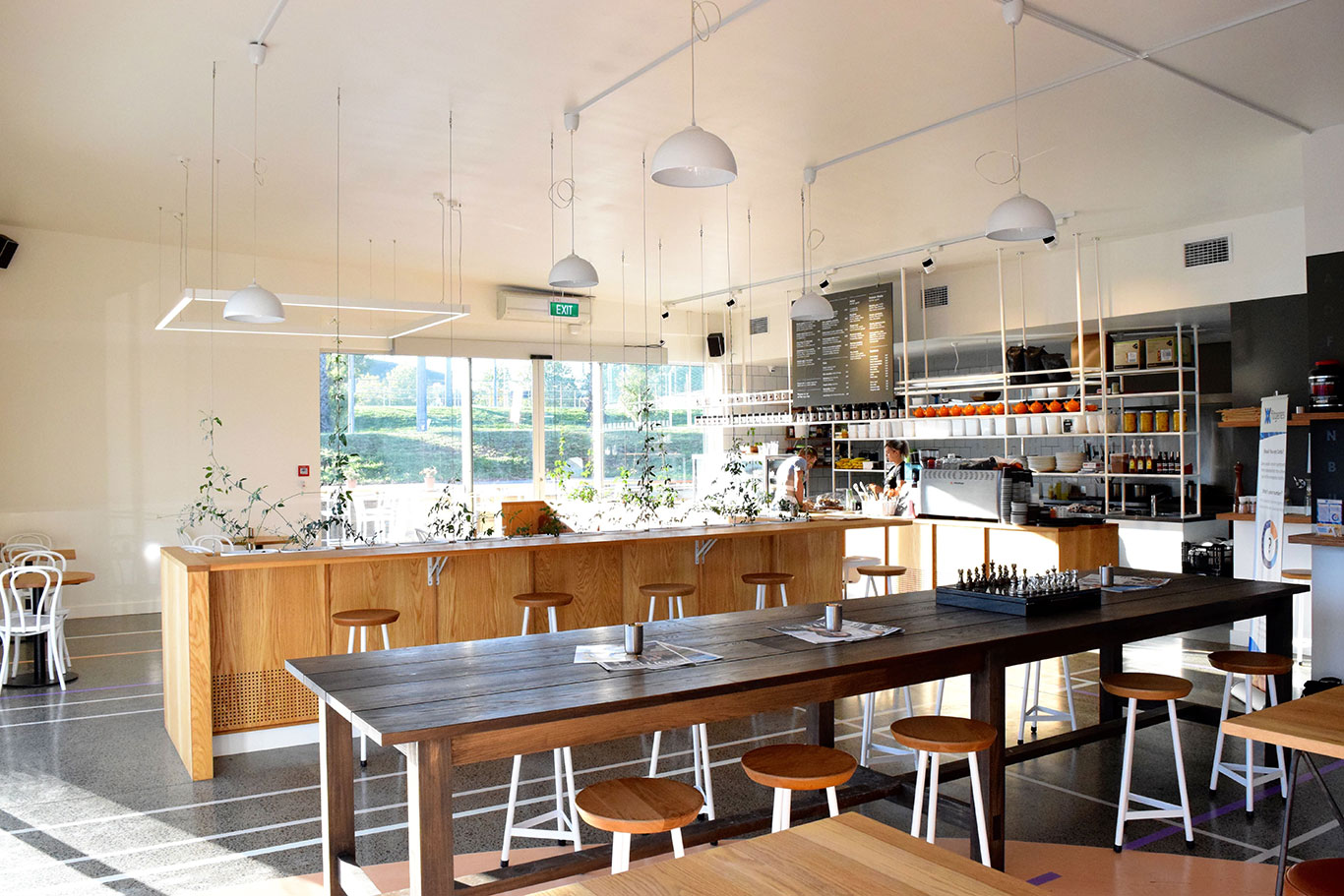
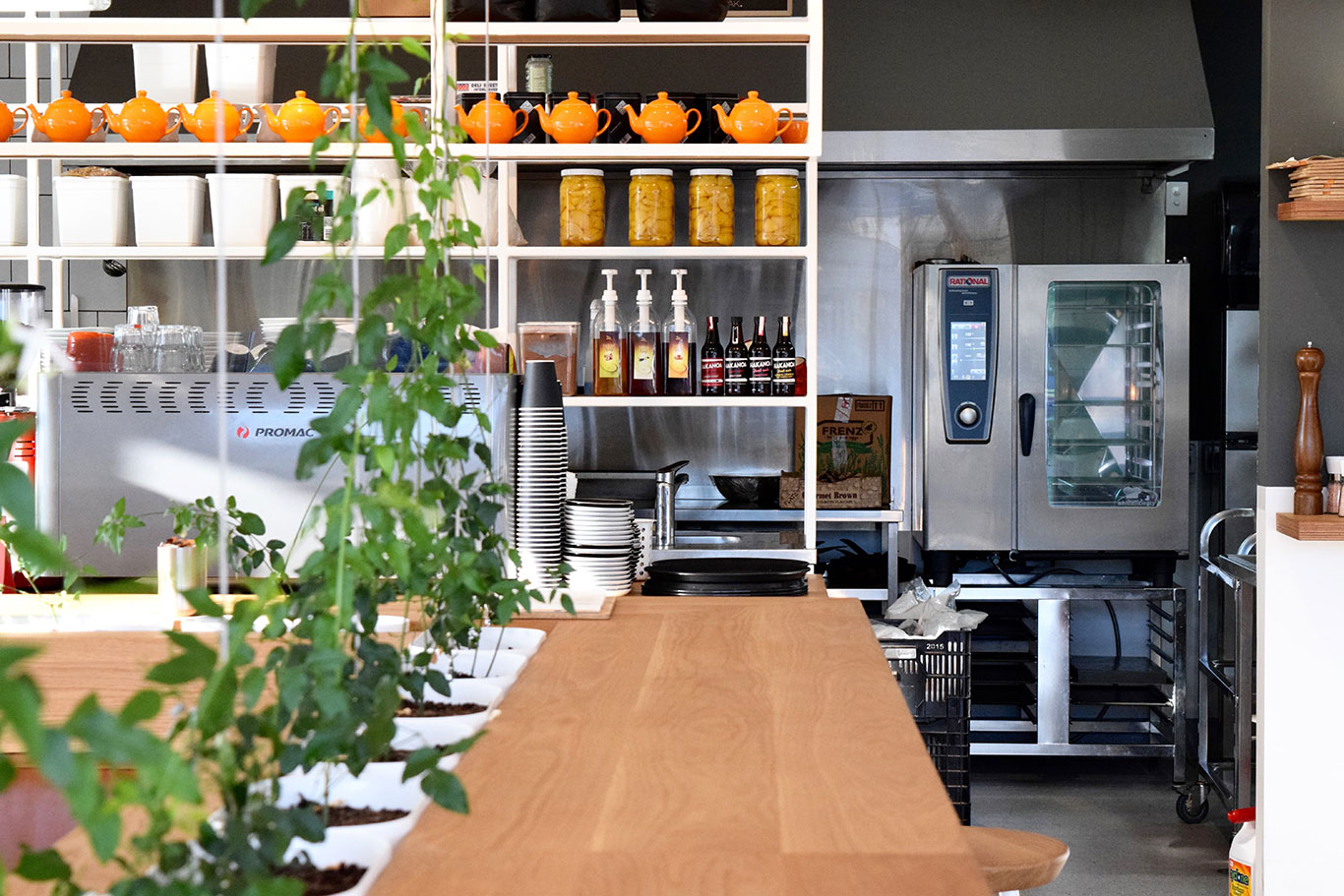


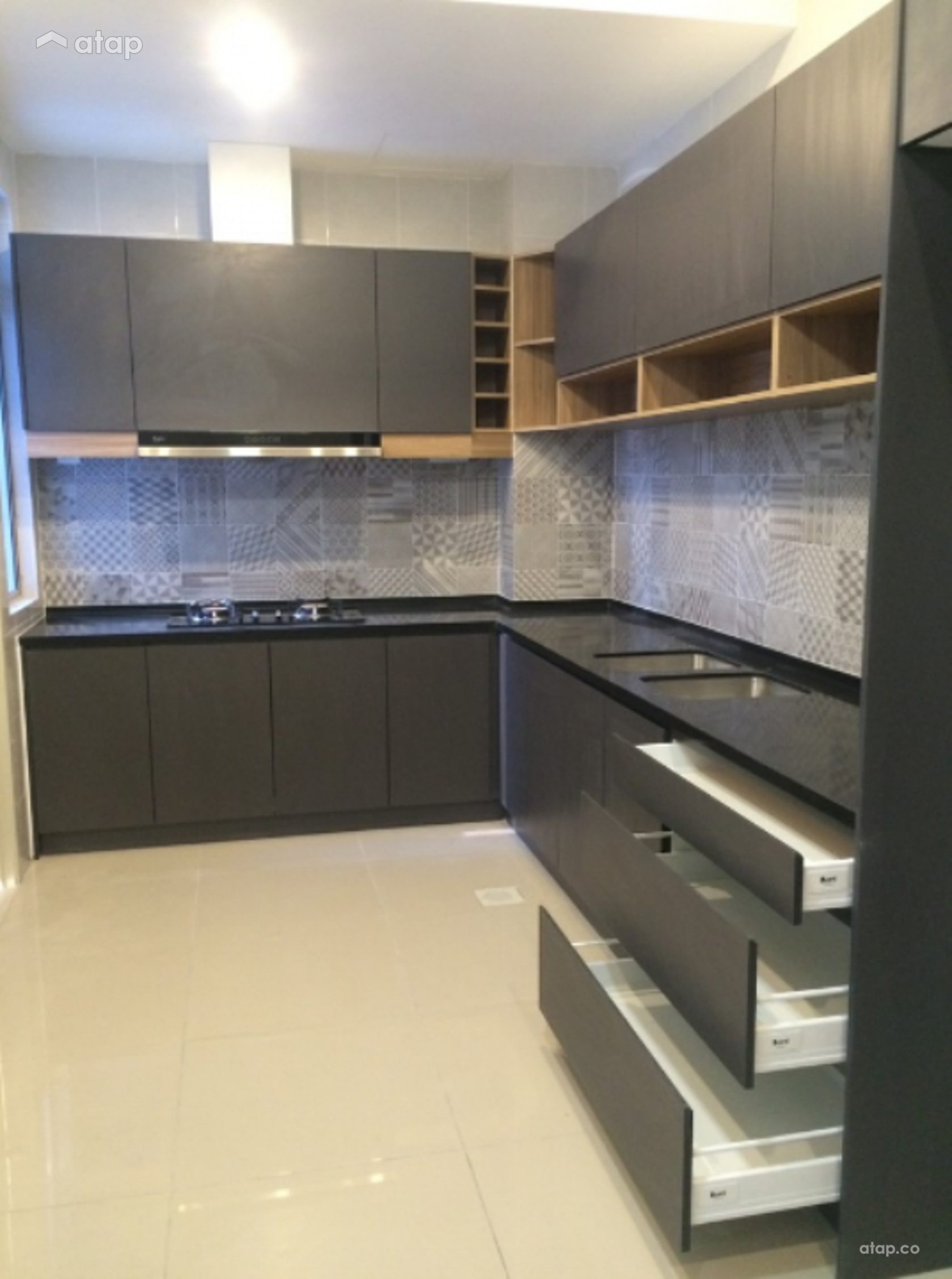






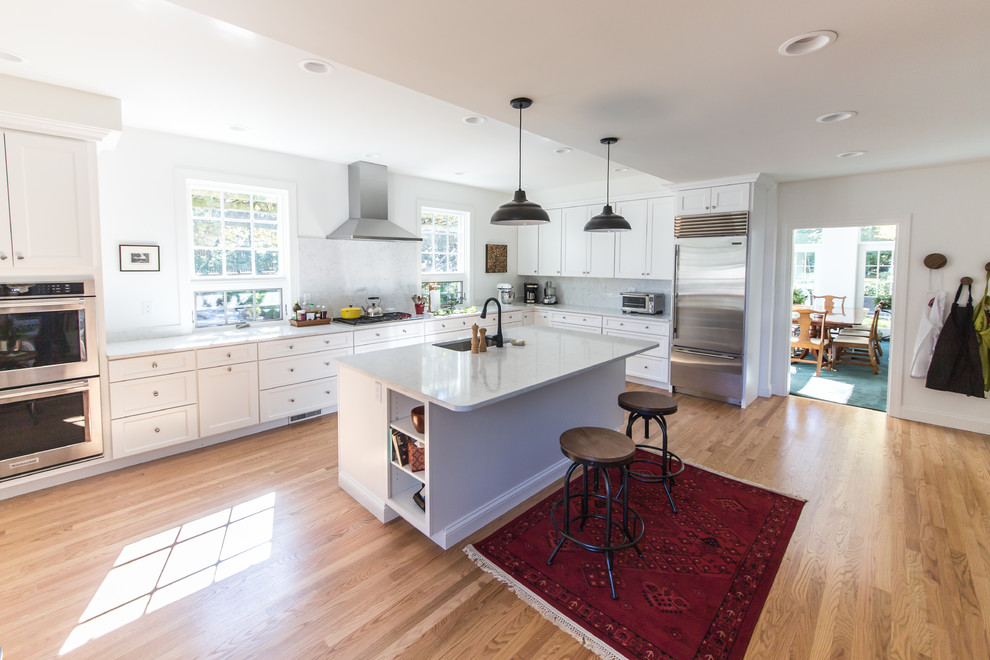
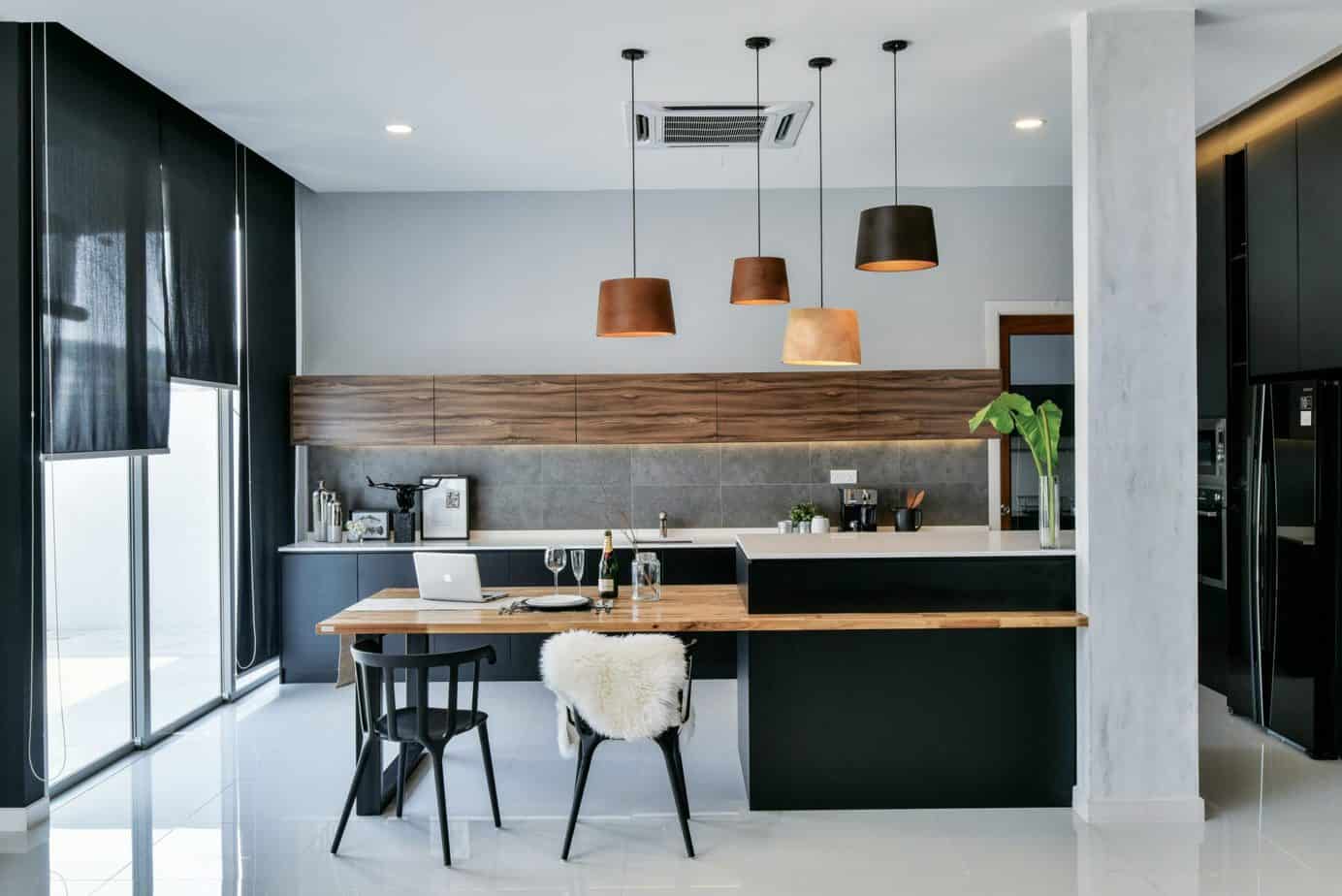


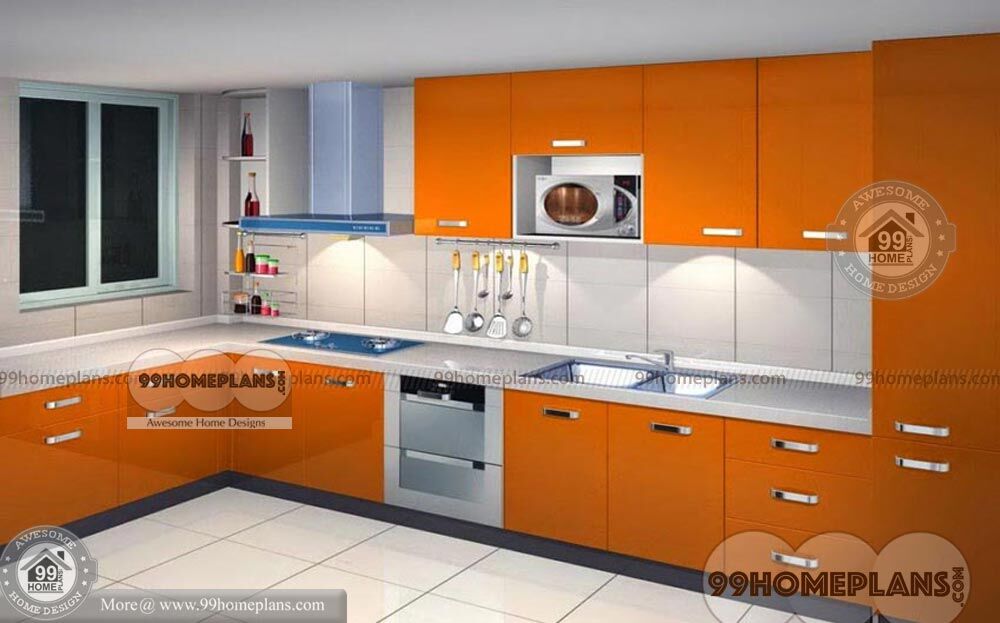
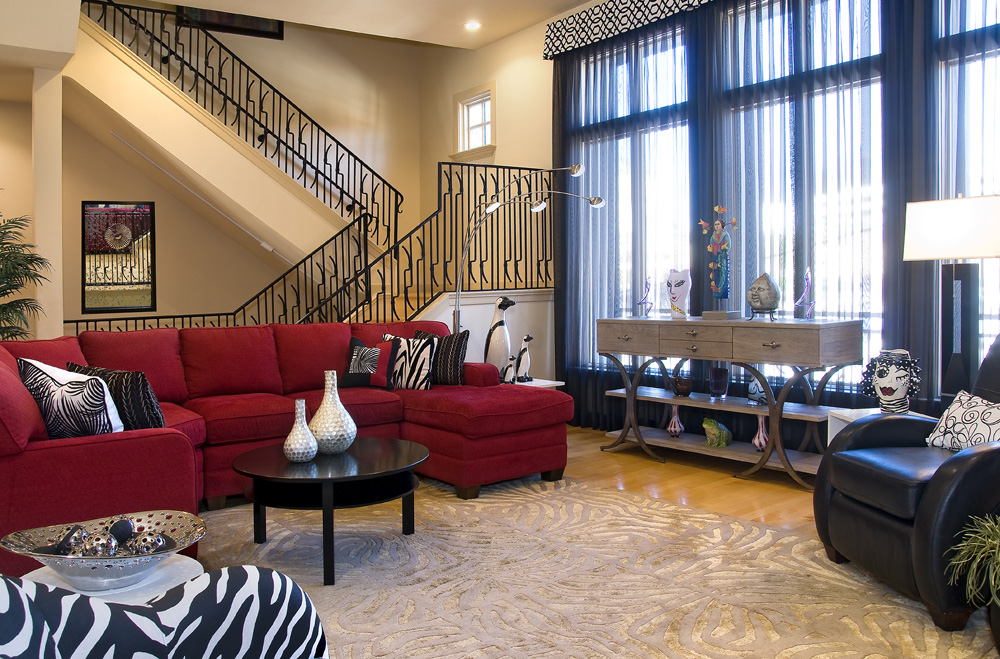


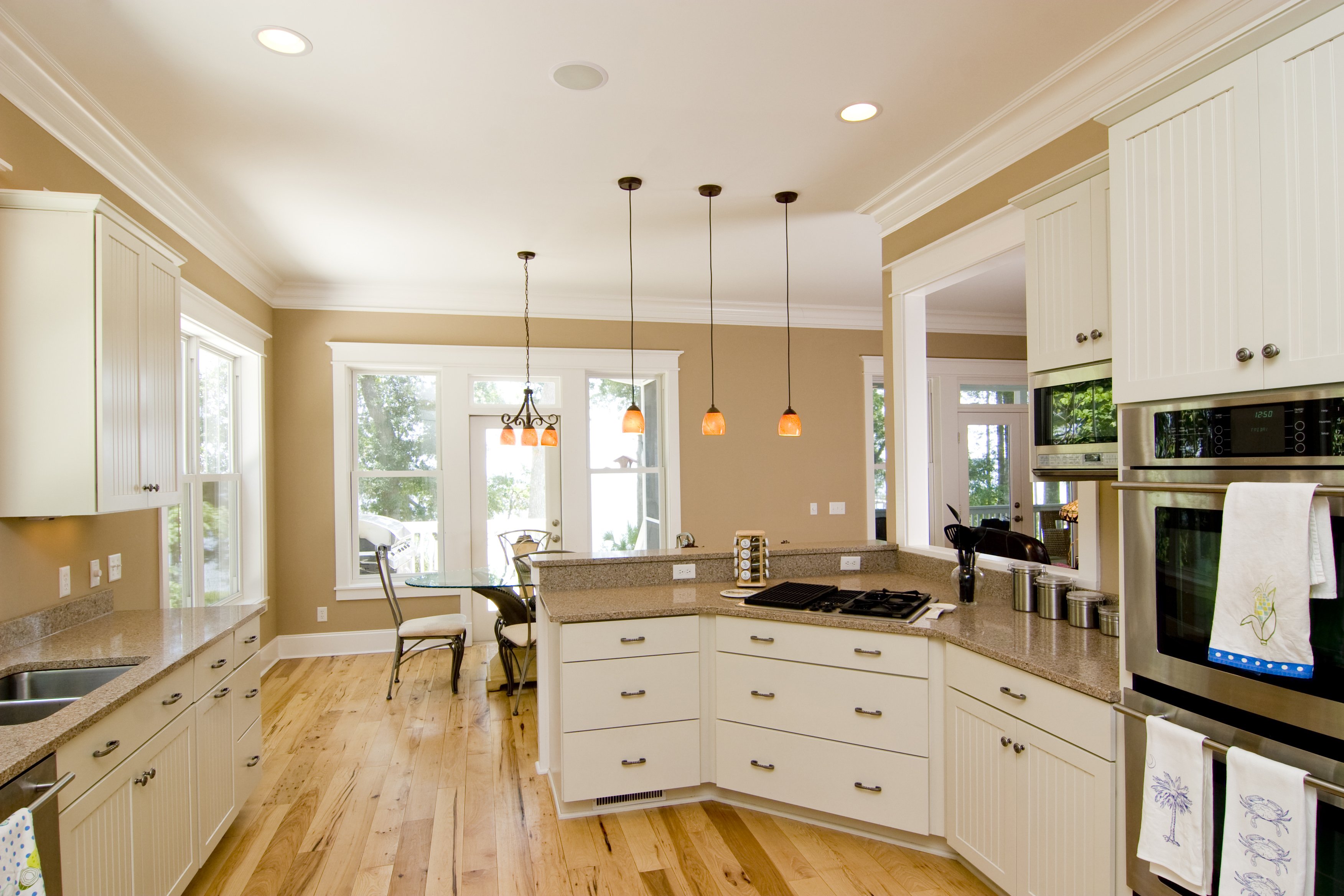



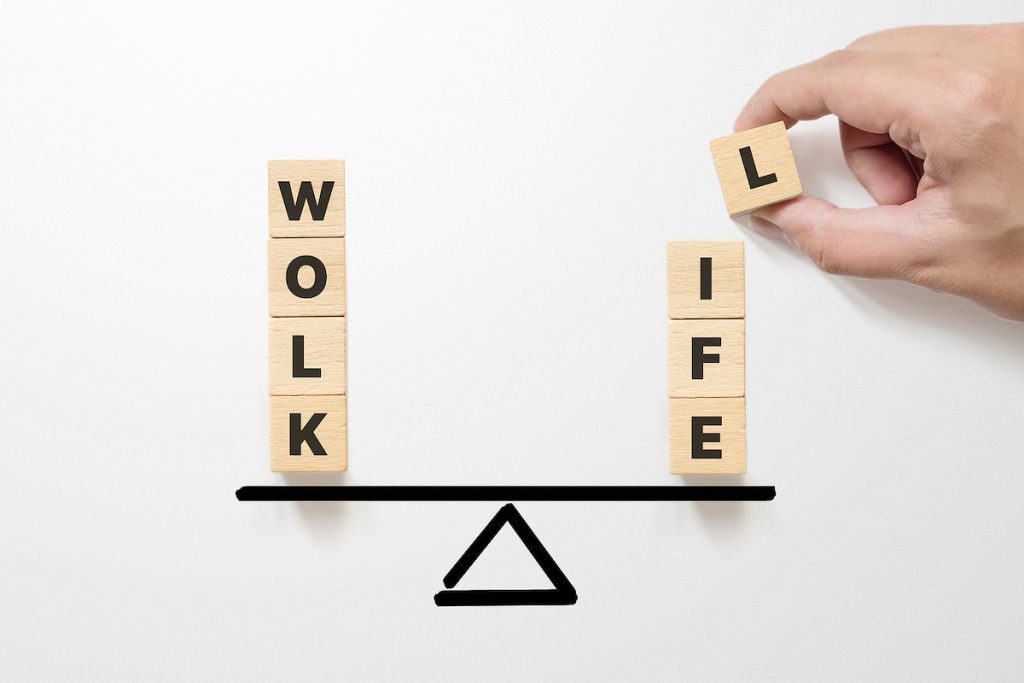
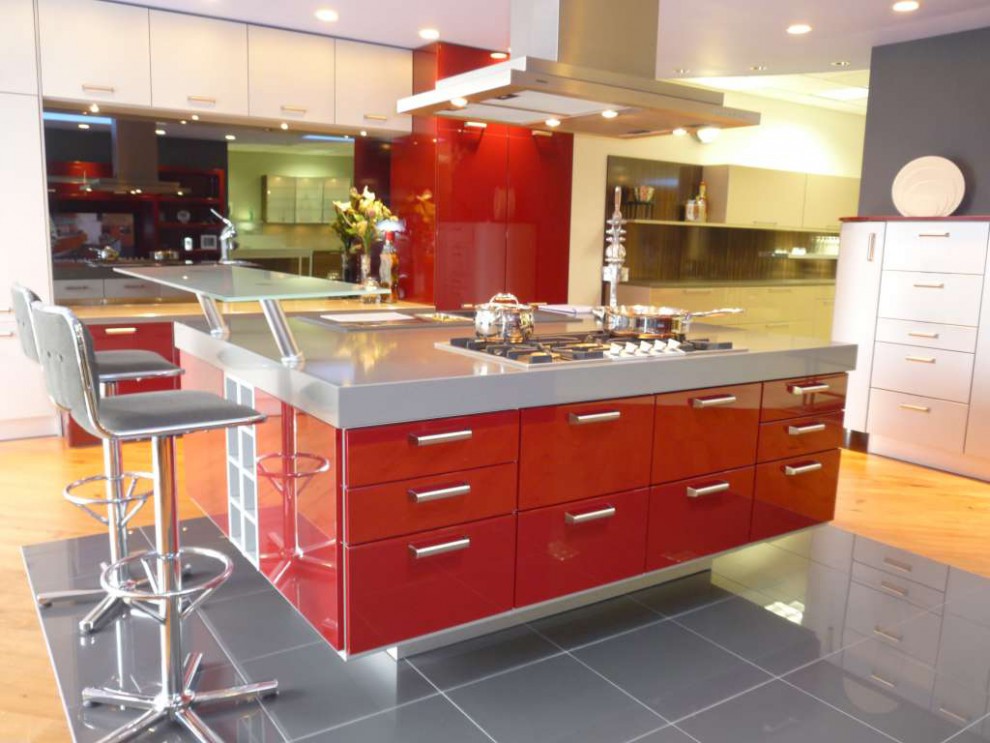





:max_bytes(150000):strip_icc()/helfordln-35-58e07f2960b8494cbbe1d63b9e513f59.jpeg)

